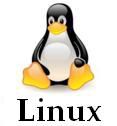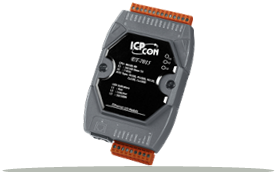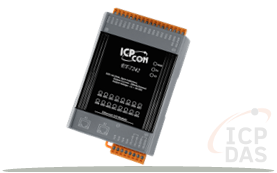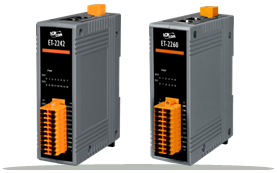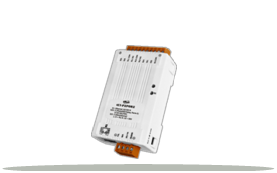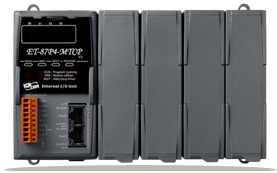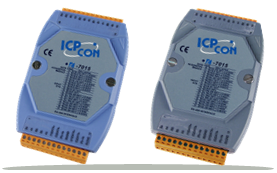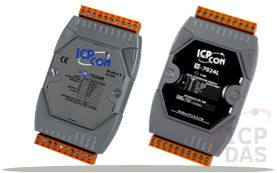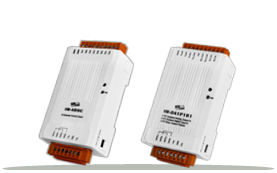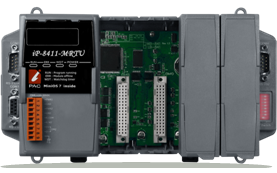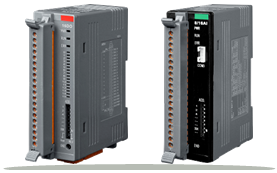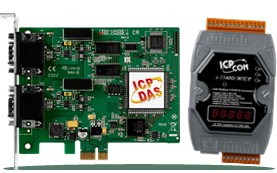LP-2000 Introduction
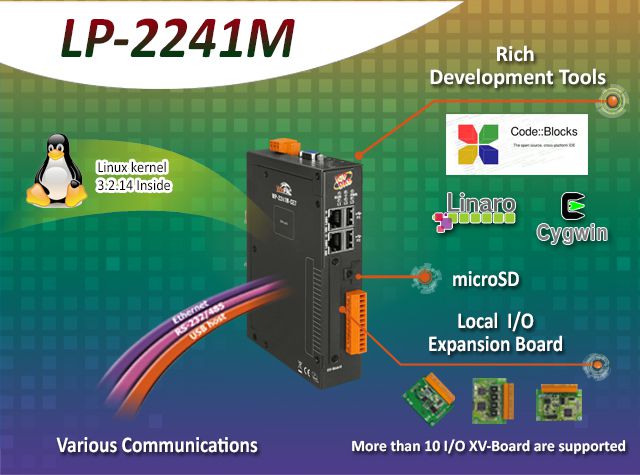
Each LP-2000 is equipped with a Cortex-A8 (1.0 GHz) or Cortex-A53 (1.6 GHz) CPU running a Linux kernel operating system, a variant of input/output ports (VGA, USB, Ethernet, RS-232/485), and powerful software including development tools.
For hardware expansion, it also supports an I/O expansion bus. The I/O expansion bus can be used to implement various I/O functions such as D/I, D/O, A/D, D/A, Timer/Counter, UART, and other I/O functions. There are more than 10 boards available for LP-2000 series, customers can choose functions which they would like to combine, and then optimize the performance of the LP-2000 for every different situation.
Features
-
Embedded OS
► Linux Kernel 5.4.x for LP-2841M
-
Local I/O and Communication Expansion Board

-
Remote I/O Module and Expansion Unit
-
Multi-Communication Interface
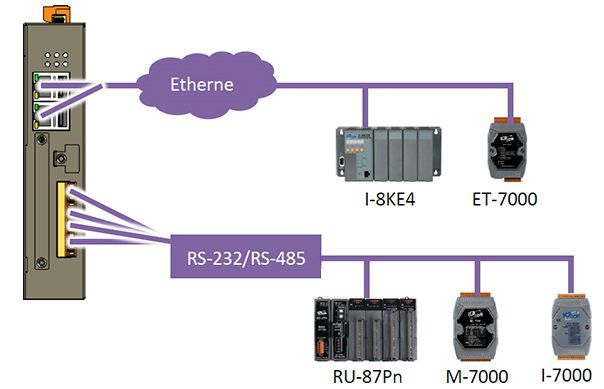
-
Various Memory Expansions

-
3G and 4G network
-
Unique 64-bit Hardware Serial Number to Protect Your Program
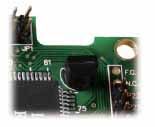
-
Small and Easy Installation
-
Highly Reliable Under Harsh Environment
► Humidity 10 ~ 90% RH (non-condensing)

|
|
|||||||||||
|
Standard LP-2000 (Linux Kernel Inside)
The controller supports following software development tools: 1. LinPAC SDK for Linux environment 2. LinPAC SDK for Windows environment |
|||||||||||
| Model | OS | CPU | System Memory | Non-Volatile Memory | Storage | VGA Resolution |
Ethernet Port |
USB Port | RS-232/ RS-485 |
I/O Expansion | Wireless Communication |
|---|---|---|---|---|---|---|---|---|---|---|---|
| LP-2241M
|
Linux kernel 3.2.14 | Cortex-A8, 1.0 GHz |
512 MB DDR3 SDRAM | 64 KB FRAM | 512 MB Flash, 4 GB microSD card |
1280 x 1024
|
2 | 2 | 4 | XV-board (Note) | - |
| LP-2241MX | Optional | ||||||||||
| LP-2241MX-4GE | 4G (LTE) | ||||||||||
| LP-2241MX-4GC | |||||||||||
| LP-2841M | Linux kernel 5.4.70 | Cortex-A53 (1.6 GHz, quad-core) | 2 GB DDR3 SDRAM |
8 GB eMMC, 4 GB microSD card |
1920 x 1080 | - | |||||
| Note: The I/O Expansion Bus can mount one XV-board only. | |||||||||||

Go to XV-Board solutions for get more information.
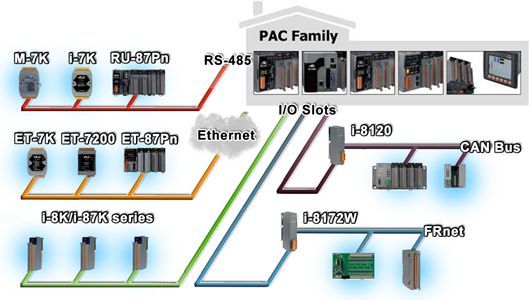
Remote I/O Selection
Ethernet
The available Ethernet I/O devices are ET-7000, ET-7200, ET-87P4/8-MTCP and I-8KE4/8-MTCP. The PAC can access them in Modbus/TCP protocol. A nModbus.dll is provided for C#, VB.net programming.
RS-485
The PACs are equipped with the RS485 COM ports which enable the transmission rate up to a maximum of 115.2 Kbps. The medium for connection is a twisted-pair, multi-drop, 2-wire RS-485 network that can link I-7000, M-7000, RU-87Pn with high profile I-87K modules. To access M-7000, a nModbus.dll is provided for C#, VB.net programming. To access I-7000 and RU-87Pn with high profile I-87K modules, PACSDK is provided for C#, VB.net, VC and VB programming.
FRnet
FRnet is an innovative industrial field bus that has many special features, such as high-speed deterministic I/O control, real I/O synchronization capabilities, non-protocol communication, and easy programming. With a FRnet communication module (I-8172W), the PAC can link FRnet I/O modules to implement high-speed distributed I/O (FR-2000 series). To access I-8172W, a pac_i8172w.dll is provided for C#, VB.net, VC and VB programming.
CAN Bus
The Controller Area Network (CAN) is a serial communication way, which efficiently supports distributed real-time control with a very high level of security. It provides the error-processing mechanisms and concepts of message priority. These features can improve the network reliability and transmission efficiency. Furthermore, CAN supplies the multi-master capabilities, and is especially suited for networking“intelligent” devices as well as sensors and actuators within a system or a sub-system. With I-8123, I-8124, I-87120, the PAC is able to demonstrate every feature of CAN, CANopen, and DeviceNet.

